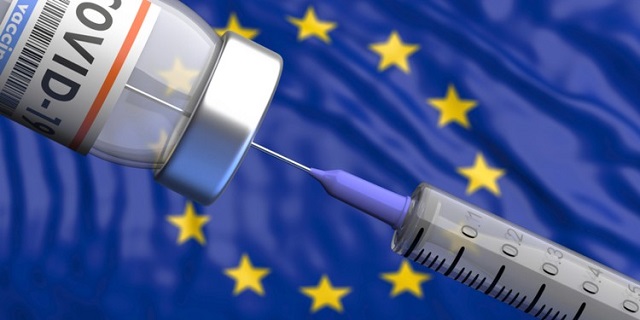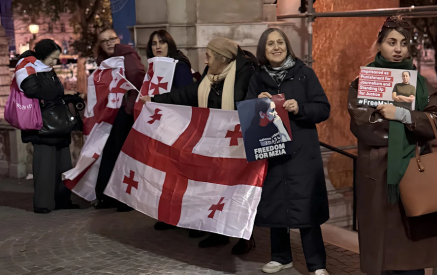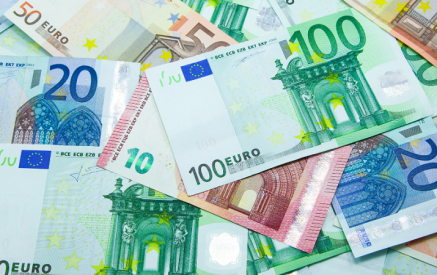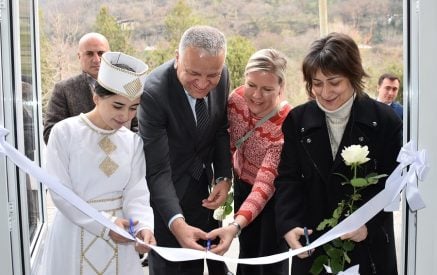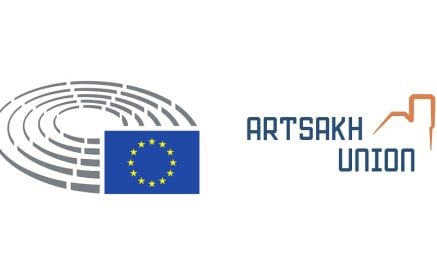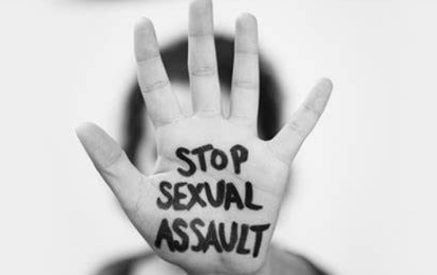Statement for the press by Dr Hans Kluge, WHO Regional Director for Europe at the WHO/Europe online press briefing on COVID-19 situation in the WHO European Region
4 March 2021, Copenhagen, Demnark
Last week, new cases of COVID-19 in Europe rose 9% to just above 1 million. This brought a promising 6-week decline in new cases to an end, with more than half of our region seeing increasing numbers of new infections.
We are seeing a resurgence in central and eastern Europe. New cases are also on the rise in several western European countries, where rates were already high.
Read also
Continued strain on our hospitals and health workers is being met with acts of medical solidarity between European neighbours. Nonetheless, over a year into the pandemic our health systems should not be in this situation.
We need to get back to the basics.
The high rates of transmission, and rapid spread of variants of concern across the Region requires:
- Increased vigilance for variants that pose a threat of increased transmissibility or severity
- Improved testing and isolation of cases, tracing and quarantining contacts, as well as care
- Stronger focus on prevention and control of other diseases
- More effort to re-engage communities and counter pandemic fatigue
- Coherent, gradual and evidence-driven reopening of societies, within and between countries, when timely
- An accelerated roll-out of vaccines.
B.1.1.7, initially identified in the UK, has been reported in 43 of 53 countries in the Region; B.1.351, identified in South Africa, in 26; and P1, identified in Brazil and Japan, in 15.
We need to suppress the spread of the virus everywhere, using what we know works.
Vaccination is already saving lives, with hospitalization and deaths in most at-risk groups declining significantly, but vaccinating every population group will take time.
A total of 45 countries have started vaccinations in the European Region; 1.9% of the population in 40 countries and 24.5% of health workers in 20 countries, have received their completed vaccination series against COVID-19.
It’s International Women’s Day on Monday and I want to take this opportunity to shine a spotlight on issues that affect women and one of the biggest employment sectors of women, globally and regionally: the health and social care workforce. When the pandemic hit, not a single country in this region had achieved gender equality. Not one. COVID-19 has since aggravated and shone a light on underlying structural gender inequalities.
We have long known that emergencies have a disproportionate effect on women’s health – and COVID-19 is no exception, where confirmed cases are more common in females and young adults.
The face of that frontline health worker we so often talk about, is mostly the face of a woman. More than 7 out of 10 global health and health facility service workers are women. In this region, 84% of nurses and 53% of physicians, are women.
Health workers account for 8% of global COVID-19 cases, and the risk they run of getting infected is more than triple the risk of most of us, the ones they are trying to protect. Five weeks ago, out of the 1.3 million health workers that had been infected with COVID-19, 68% were women.
We must do everything in our means to protect our frontline. It is fundamental, an obligation of every government, to assure vaccination of the health and social workforce.
I have 3 key messages.Firstly, to diminish the severe socioeconomic impact of COVID-19 on women, their economic participation needs to increase and we need to address the pay gap.
We do that through investing in health and social care jobs with fair pay and working conditions, and recognition.
In non-pandemic times, women perform 3 times more unpaid care and domestic work than men. Containment measures have exacerbated that imbalance, school closures being a case in point.
Women are more often responsible for home-schooling than men, and with less childcare available, the demand for unpaid childcare has fallen primarily on women, constraining their ability to take on paid work. And it is still women that are disproportionately responsible for the bulk of domestic tasks and taking care of children and the elderly.
In the health workforce, women are clustered into lower status jobs and worse paid positions. The gender pay gap in the health sector is higher than in other sectors, at 25%, which is unacceptable.
Secondly, we should collectively ensure that women take an increasing part in national, regional and local decision-making on COVID-19 prevention and control. It is for good reasons that the theme for International Women’s Day, on March 8, next week, is “Women in leadership: achieving an equal future in a COVID-19 world” – because global health has for all too long been led by men, delivered by women, reflected in the fact that women make up 70% of the health workforce but hold only 25% of senior roles.
Women remain largely absent from national or global decision-making on the pandemic response. These gaps in leadership are driven by stereotypes, discrimination and power imbalances. Some women are further disadvantaged on the basis of race or socioeconomic class.
My third message today: we need enhanced social support, prevention, early detection and treatment for women at risk of domestic violence. We must also address the mental health impact of the virus and prevent health worker burnout. Across the Region, reports of violence against women have seen a dramatic increase. Countless women are forced to “lockdown” at home with their abusers. While the risk of violence has grown, reports show that their access to services is being disrupted. Some domestic shelters are full or have been repurposed or closed. First responders for women are overwhelmed.
Women also experience greater psychological distress associated with COVID-19 than men. 2020 data from an Austrian helpline, shows that 68% of callers were female and that women tested worse than men on all mental health parameters.
If you are a health professional, you are at a greater risk of acquiring trauma, stress-related disorders and depression. Studies show that 20–70% of the health workforce is struggling with mental health issues. The greatest concerns are fear of becoming infected with the virus and of the unknown.
The financial resources and operational capacity of support services need to be there – also during lockdowns.
None of this can be ignored.And all of this can be changed. Because when systems are shaken to their core, there is an opportunity for rethinking and building better societies – and we owe it to ourselves to go grasp it.This is not only about rectifying long-standing gender inequalities. This is about women as health leaders and gendered responses to crises. This is about equality and women’s protection needs at the heart of every response. This is about righting wrongs – outside and inside of hospital walls – for a greater good.
Global health should be led and delivered by us all.
I wish you a happy International Women’s Day on Monday.
WHO/Europe Press




















































